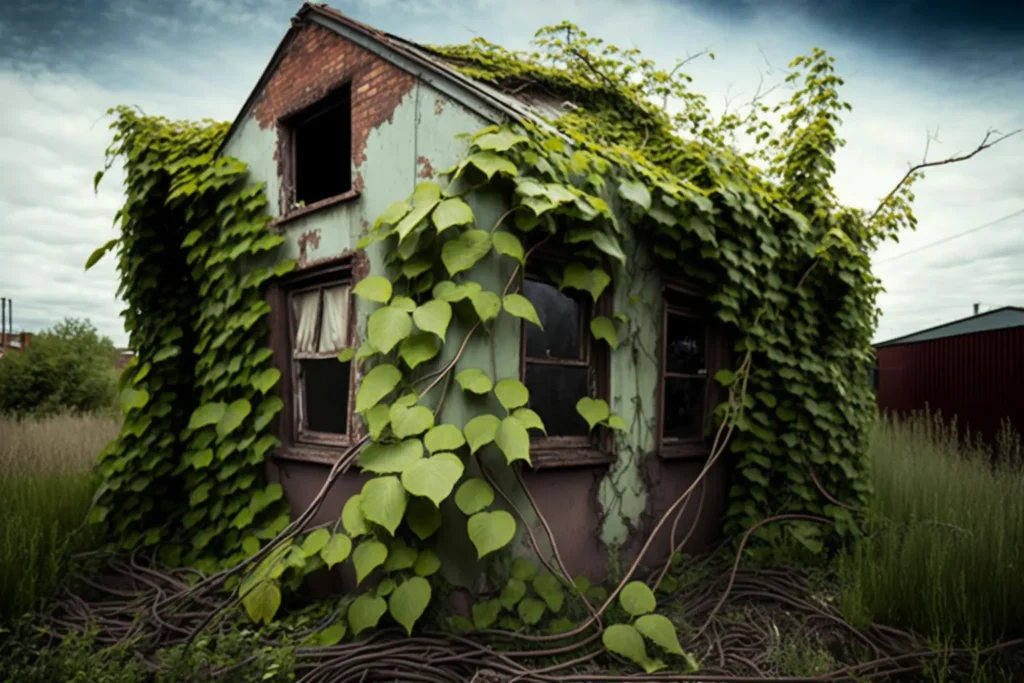
So, what is Japanese Knotweed?
Japanese knotweed, an invasive species that has been a menace to many countries around the world, is now making its mark in the UK and other European countries. Its history is a tangled mess, as it was brought to Europe as an ornamental plant in the 19th century, but it quickly spread beyond the boundaries of gardens and parks, invading the wild. The plant’s rhizomes can grow up to three meters deep and seven meters wide, making it a formidable opponent when it comes to property development and wildlife conservation.
The plant’s bamboo-like stems, green leaves and white flowers give the impression of a charming shrub, but don’t let appearances fool you. Japanese knotweed is a force to be reckoned with, causing significant damage to buildings, infrastructure, and the environment. It’s no secret that knotweed is a headache for homeowners, property developers, and local authorities. It’s crucial to know what you’re up against, how to identify it, and how to control its spread.
This blog post aims to give you a comprehensive overview of Japanese knotweed and its impact on properties. You’ll learn about the negative impacts of the plant, the health and safety concerns it raises, and the best control measures to keep your property knotweed-free. Whether you’re a homeowner, property developer, or just interested in invasive species, this post has got you covered.

Is it Worth Buying a House with Japanese Knotweed?
The question of whether a house with Japanese knotweed is worth buying is a tricky one. On the one hand, the plant can severely damage the property, leading to costly repairs and even making it difficult to sell in the future. On the other hand, buying a property with knotweed can be a real bargain, especially if you’re able to effectively control the spread of the plant.
What’s Bad about Japanese Knotweed?
Japanese knotweed can wreak havoc on your property and your life. Its deep roots can cause structural damage to buildings, roads, and bridges, making it a costly problem for homeowners and property developers alike. In addition to physical damage, knotweed can also lower the value of a property and make it harder to sell. It can also lead to disputes with neighbors over who is responsible for controlling its spread.
What Happens if You Touch Japanese Knotweed?
Touching Japanese knotweed is generally considered safe, but its sap can cause skin irritation and rashes in some people. It’s best to wear gloves when handling the plant to avoid any skin irritation. If you come into contact with the sap, wash the affected area thoroughly with soap and water.
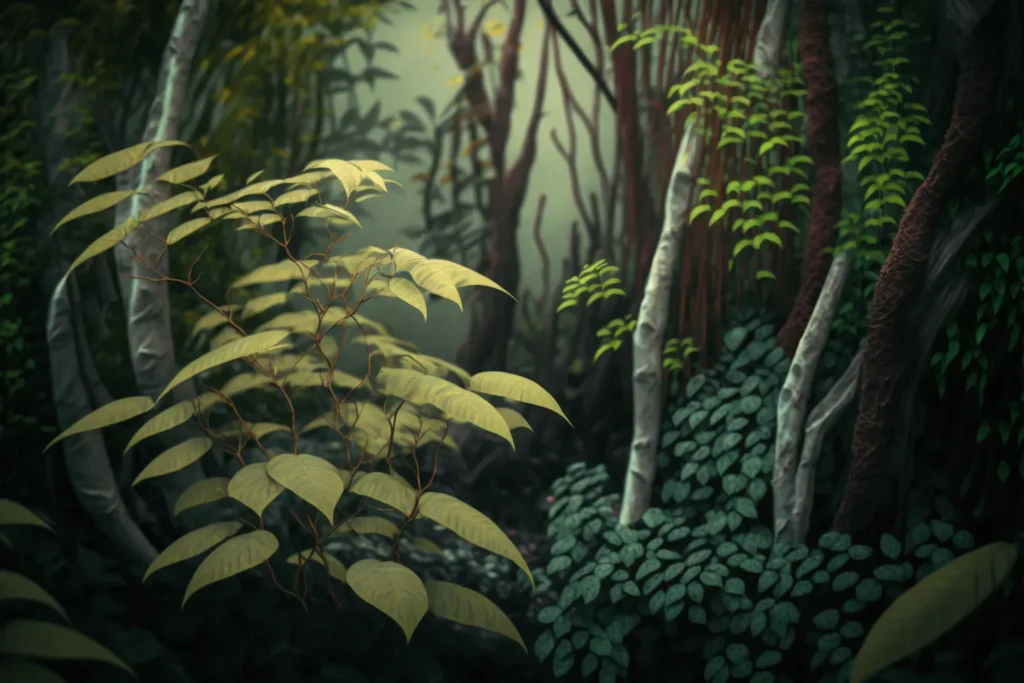
What Problems Does Knotweed Cause?
Japanese knotweed is a persistent problem for homeowners and property developers alike. Its deep roots can cause structural damage to buildings, roads, and bridges. It can also lead to disputes with neighbors over who is responsible for controlling its spread. The plant can also outcompete native vegetation and disrupt ecosystems, making it a threat to biodiversity.
Do You Legally Have to Remove Japanese Knotweed?
While it’s not illegal to have Japanese knotweed on your property, it’s important to keep it under control to prevent it from spreading to neighboring properties. If the plant is causing damage to neighboring properties, you may be held responsible for controlling its spread.
What Kills Japanese Knotweed Permanently?
Unfortunately, there is no silver bullet for killing Japanese knotweed permanently. The most effective way to control the plant is through a combination of physical removal and chemical treatment. Physical removal involves digging up the plant and its roots and disposing of it properly. Chemical treatment involves applying herbicides to the plant to kill it.
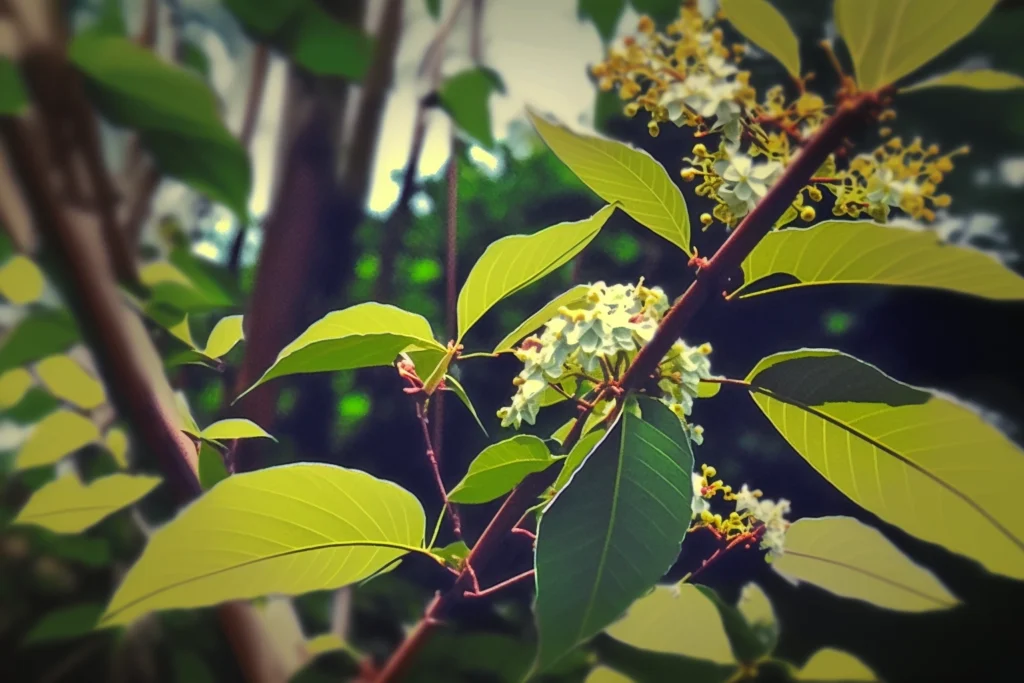
Is Japanese Knotweed Good for Anything?
Despite its reputation as a destructive invasive species, Japanese knotweed has some potential uses. The young shoots are edible and can be cooked and eaten like asparagus. In traditional Japanese medicine, the plant has been used to treat a variety of ailments, including digestive problems, wounds, and arthritis.
What Eats Japanese Knotweed?
Japanese knotweed is not a preferred food source for most wildlife, but some animals, such as deer, rabbits, and horses, will eat the young shoots. However, its deep roots and tough stems make it difficult for animals to control its spread.
Is Knotweed Good for Anything?
As mentioned, the young shoots of Japanese knotweed are edible and have been used in traditional Japanese medicine. In addition, the plant’s fast-growing nature and deep roots make it useful for stabilizing soil on slopes and in erosion-prone areas. However, its invasive nature and potential to cause damage to buildings and ecosystems make it a problem for many property owners.
Despite its invasive nature, Japanese knotweed has a few redeeming qualities. The plant has been used in traditional Chinese medicine for centuries, and its leaves and shoots are high in antioxidants and nutrients, including vitamins C and E, and potassium. In addition, knotweed is a good source of food for pollinators and other wildlife, and it provides habitat for a variety of species. However, these benefits are outweighed by the harm that knotweed causes to native habitats and wildlife, and it is not recommended to cultivate knotweed for any purpose.
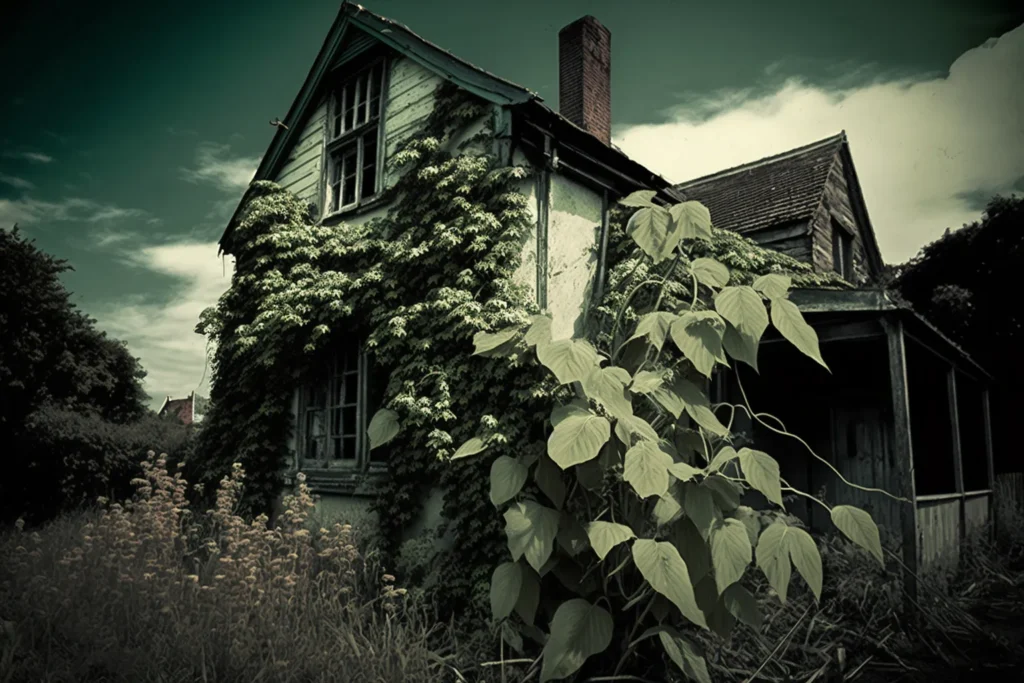
Can I Sue My Neighbor for Japanese Knotweed?
It’s possible to sue your neighbor if the Japanese knotweed on their property is causing damage to your property. However, it’s important to remember that the spread of knotweed is often a result of human activity, such as the dumping of garden waste, and it’s not always possible to determine the original source of the infestation. If you’re considering legal action, it’s best to consult a lawyer to discuss your options.
What Happens if You Burn Knotweed?
Burning Japanese knotweed is not an effective way to control the plant and can actually make the situation worse. The heat from the fire can cause the plant to release its seeds, which can spread the infestation to other areas. It’s also important to remember that burning the plant can release harmful chemicals into the air and soil, which can be harmful to humans and wildlife.
Can You Put Japanese Knotweed in the Bin?
No, you cannot put Japanese knotweed in the bin. The plant’s roots can grow through plastic and contaminated soil can spread the infestation to other areas. If you need to dispose of Japanese knotweed, it’s important to do so properly by contacting a professional who specializes in the removal of invasive species.
What Will Choke Out Knotweed?
Planting native species around Japanese knotweed can help to choke out the plant and prevent its spread. In addition, mulching and covering the area with a thick layer of organic matter can help to suppress the plant and prevent it from growing. It’s important to remember that these methods should be used in conjunction with physical removal and chemical treatment for the most effective control of Japanese knotweed.

Does Cutting Japanese Knotweed Make it Spread?
Cutting Japanese knotweed can actually make the situation worse by stimulating the plant to grow back stronger and spread more rapidly. It’s important to use a combination of physical removal and chemical treatment to control the plant and prevent its spread.
The pains of Japanese Knotweed
Japanese knotweed, a highly invasive species that has taken root in the UK, is a headache for many property owners. Despite its devastating impact on native habitats and wildlife, knotweed is a plant that has taken on a life of its own, spreading with the speed of a wildfire, and the tenacity of a boa constrictor. But despite its stubborn persistence, there are a few things that homeowners can do to manage and contain its spread. In this final section, we will explore the steps that can be taken to finally beat this botanical bully once and for all.
Do You Legally Have to Remove Japanese Knotweed?
The answer is yes, you are legally required to remove Japanese knotweed from your property if it is causing harm to neighboring properties or wildlife habitats. Under the Wildlife and Countryside Act 1981, it is illegal to plant or cause to grow Japanese knotweed in the wild, and it is also illegal to dispose of the plant material in a manner that causes it to spread. If you suspect that you have knotweed on your property, it is your responsibility to take steps to remove it.
What Kills Japanese Knotweed Permanently?
There is no one definitive answer to this question, as the effectiveness of different treatments will depend on the size of the infestation, the location of the plant, and the local climate. However, there are a few treatments that are considered to be highly effective in killing knotweed, including herbicides, excavation, and burning. Herbicides, such as glyphosate, will kill the foliage and roots of the plant, and excavation will remove the plant material from the soil, preventing it from spreading. Burning the plant is an effective method for controlling the spread of knotweed, but it is important to ensure that the ashes are disposed of safely to prevent the spread of any viable plant material.
A Knotweed wrap-up
Japanese knotweed is a plant that requires a comprehensive and sustained effort to manage and control. While it may seem like a hopeless battle, the key to success is to take a proactive approach and work with a professional to implement a management plan that is tailored to your specific situation. By taking a collaborative approach, and working together to manage this invasive species, we can ensure that our native habitats and wildlife are protected, and that we can enjoy our properties without the burden of knotweed.
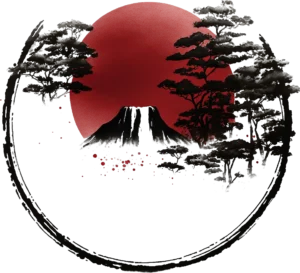
Leave a Reply